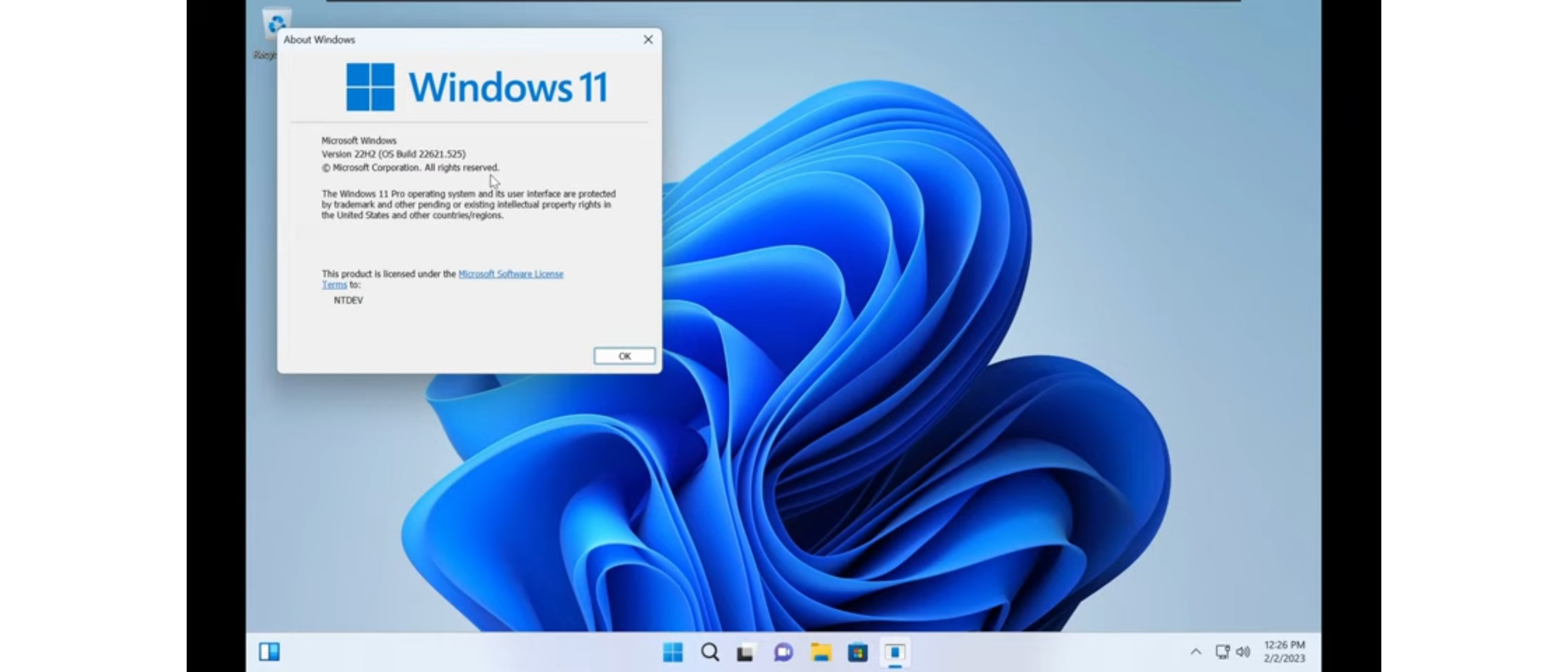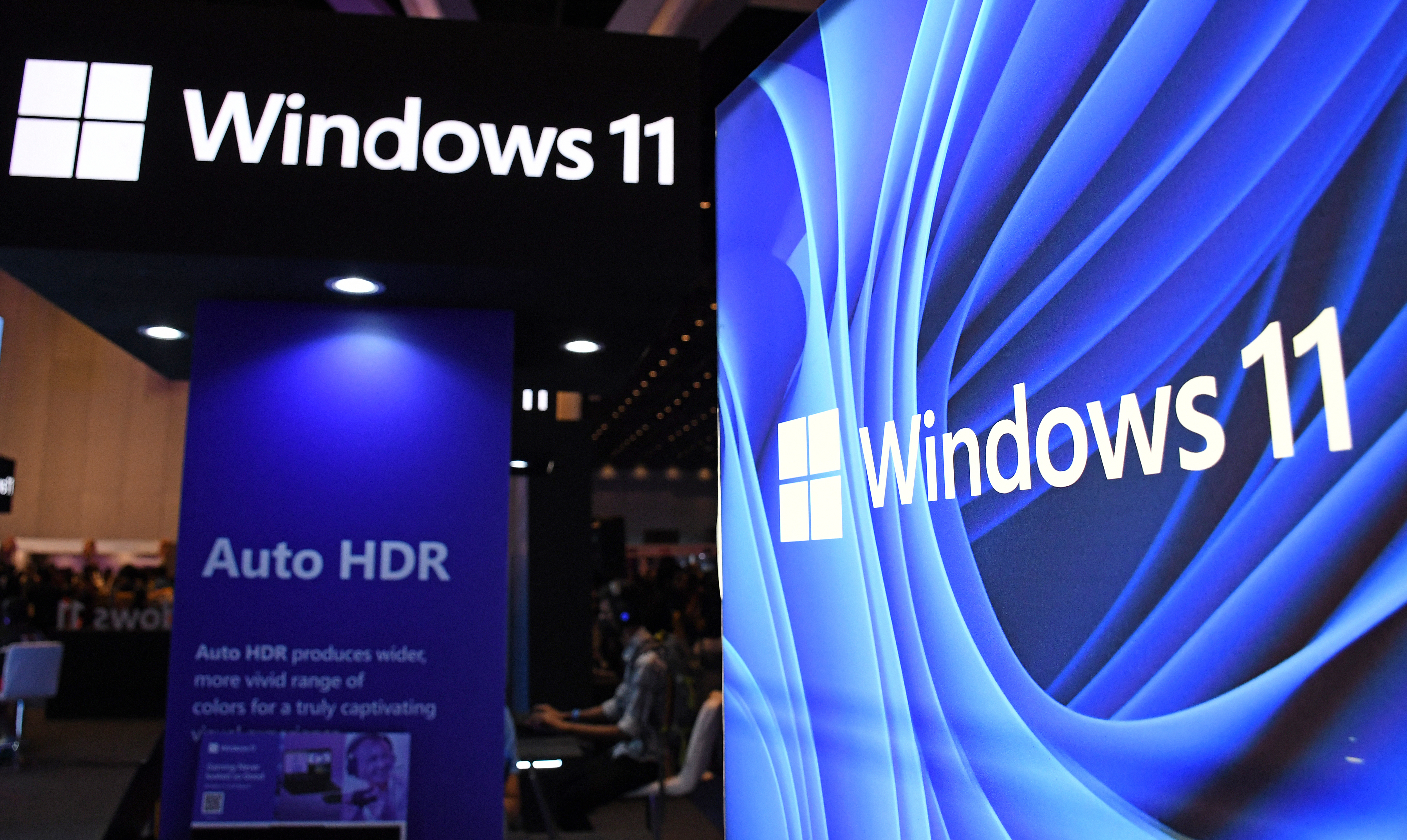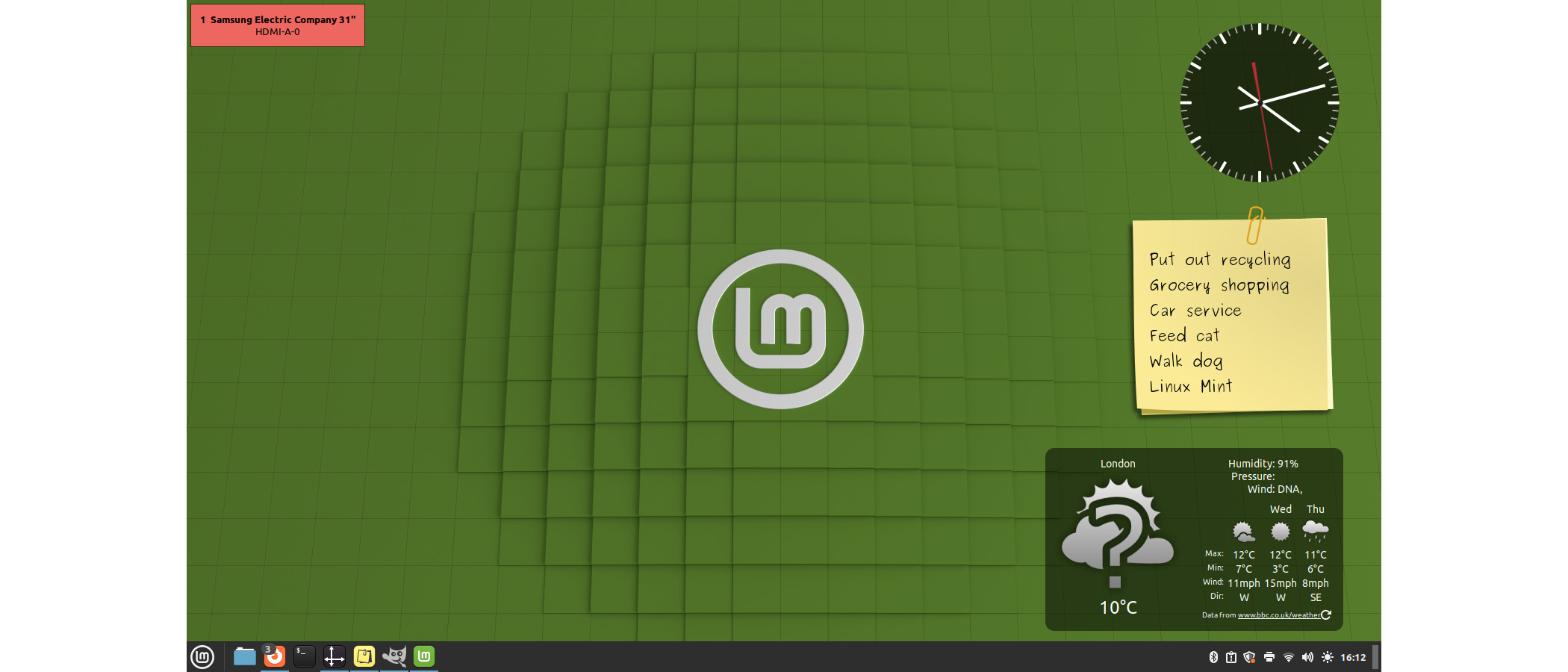Linux Blue Screen of Death gives users a taste of the dreaded Windows feature
The Linux Blue Screen of Death has been added in a recent update


Linux users are set to get their own version of the dreaded Blue Screen of Death (BSOD) as part of a new update to the operating system.
The latest release of systemd for Linux will now generate the error message across a number of distributions, Phoronix reported yesterday. Systemd is a software suite used in a number of Linux operating systems, including Ubuntu, Red Hat, Debian, and Fedora.
Dubbed ‘systemd-bsod’, the new component will be displayed in the event that a user has a “LOG-EMERG” emergency condition.
This is intended specifically to alert users in the case of a boot failure, and was developed as part of Outreachy 2023, an open source development internship scheme, according to Phoronix.
In the event that users encounter the Linux blue screen of death, a QR code will also be displayed to provide additional information on the cause of the error and offer remediation tips.
GitHub changelogs note that this feature is still very much in its infancy, and could be changed in due course.
“A new component in “systemd-bsod” has been added, which can show logged error messages full screen, if they have a log level of LOG_EMERG log level,” the changelog reads. “This component is experimental and its public interface is subject to change.”
Get the ITPro daily newsletter
Sign up today and you will receive a free copy of our Future Focus 2025 report - the leading guidance on AI, cybersecurity and other IT challenges as per 700+ senior executives
RELATED RESOURCE

Discover the benefits of a hybrid approach to cloud architecture
DOWNLOAD NOW
This wouldn’t be out of the ordinary given that Windows has tinkered with the BSOD repeatedly in recent years.
The BSOD changed to a ‘black screen of death’ for Windows 11 following its launch in 2021. However, this was subsequently reverted back to the original color scheme.
QR codes were added to Windows 10 in 2016 to provide users with crash report details.
What is the Blue Screen of Death?
The infamous blue screen of death is an error that appears when a Windows operating system - such as Windows 10 or Windows 11 - encounters an unexpected fault.

This halts all critical processes and is used to prevent unintended damage to the operating system in the event of a fault.
Windows users have long lamented the blue screen of death as a major inconvenience. However, it plays a vital role in preventing unintended damage to the operating system in the event of a fault.
The BSOD halts all critical processes, including networks, applications, and platforms.
Blue screen errors typically appear after a major update or installation of a new application.

Ross Kelly is ITPro's News & Analysis Editor, responsible for leading the brand's news output and in-depth reporting on the latest stories from across the business technology landscape. Ross was previously a Staff Writer, during which time he developed a keen interest in cyber security, business leadership, and emerging technologies.
He graduated from Edinburgh Napier University in 2016 with a BA (Hons) in Journalism, and joined ITPro in 2022 after four years working in technology conference research.
For news pitches, you can contact Ross at ross.kelly@futurenet.com, or on Twitter and LinkedIn.
-
 Bigger salaries, more burnout: Is the CISO role in crisis?
Bigger salaries, more burnout: Is the CISO role in crisis?In-depth CISOs are more stressed than ever before – but why is this and what can be done?
By Kate O'Flaherty Published
-
 Cheap cyber crime kits can be bought on the dark web for less than $25
Cheap cyber crime kits can be bought on the dark web for less than $25News Research from NordVPN shows phishing kits are now widely available on the dark web and via messaging apps like Telegram, and are often selling for less than $25.
By Emma Woollacott Published
-
 Red Hat just made three big changes to its developer hub – here’s what you need to know
Red Hat just made three big changes to its developer hub – here’s what you need to knowNews Red Hat has unveiled a raft of upgrades for Red Hat Developer Hub (RDHD), including support for a local version as well as new analytics.
By Nicole Kobie Published
-
 Red Hat launches Build module as part of partner program refresh
Red Hat launches Build module as part of partner program refreshNews Red Hat has announced new changes to its partner program, including the launch of a new 'Build' module and go-to-market support capabilities.
By Daniel Todd Published
-
 Red Hat eyes “clear pathways for collaboration” with new partner program updates
Red Hat eyes “clear pathways for collaboration” with new partner program updatesNews The enhanced framework for Red Hat partners features a new modular design and fresh incentives
By Daniel Todd Published
-
 Best server distros
Best server distrosBest We've evaluated the best server distros around to help you and your business make the best choice for your OS
By K.G. Orphanides Published
-
 Red Hat adds trio of new tools to its Trusted Software Supply Chain
Red Hat adds trio of new tools to its Trusted Software Supply ChainNews The open-source giant said the additions will help organizations tackle vulnerabilities in their supply chains earlier and improve overall resiliency
By Daniel Todd Published
-
 "We got lucky": What the XZ Utils backdoor says about the strength and insecurities of open source
"We got lucky": What the XZ Utils backdoor says about the strength and insecurities of open sourceAnalysis The XZ Utils backdoor could’ve caused serious problems for Linux, but luckily a developer spotted the malicious code and prevented disaster
By Steve Ranger Published
-
 Linux just hit an all-time high share of the global desktop market — and surging popularity in India is driving uptake of the open source operating system
Linux just hit an all-time high share of the global desktop market — and surging popularity in India is driving uptake of the open source operating systemNews Linux is still dwarfed by operating systems such as Windows, but it’s making modest gains off the back of growing popularity in emerging markets
By Steve Ranger Published
-
 Windows is getting its own Sudo command, just like Linux - here’s what you need to know and how you can use it
Windows is getting its own Sudo command, just like Linux - here’s what you need to know and how you can use itNews The Sudo for Windows command feature might make life a little easier for administrators - so long as they are aware of the potential security risks
By Steve Ranger Published
